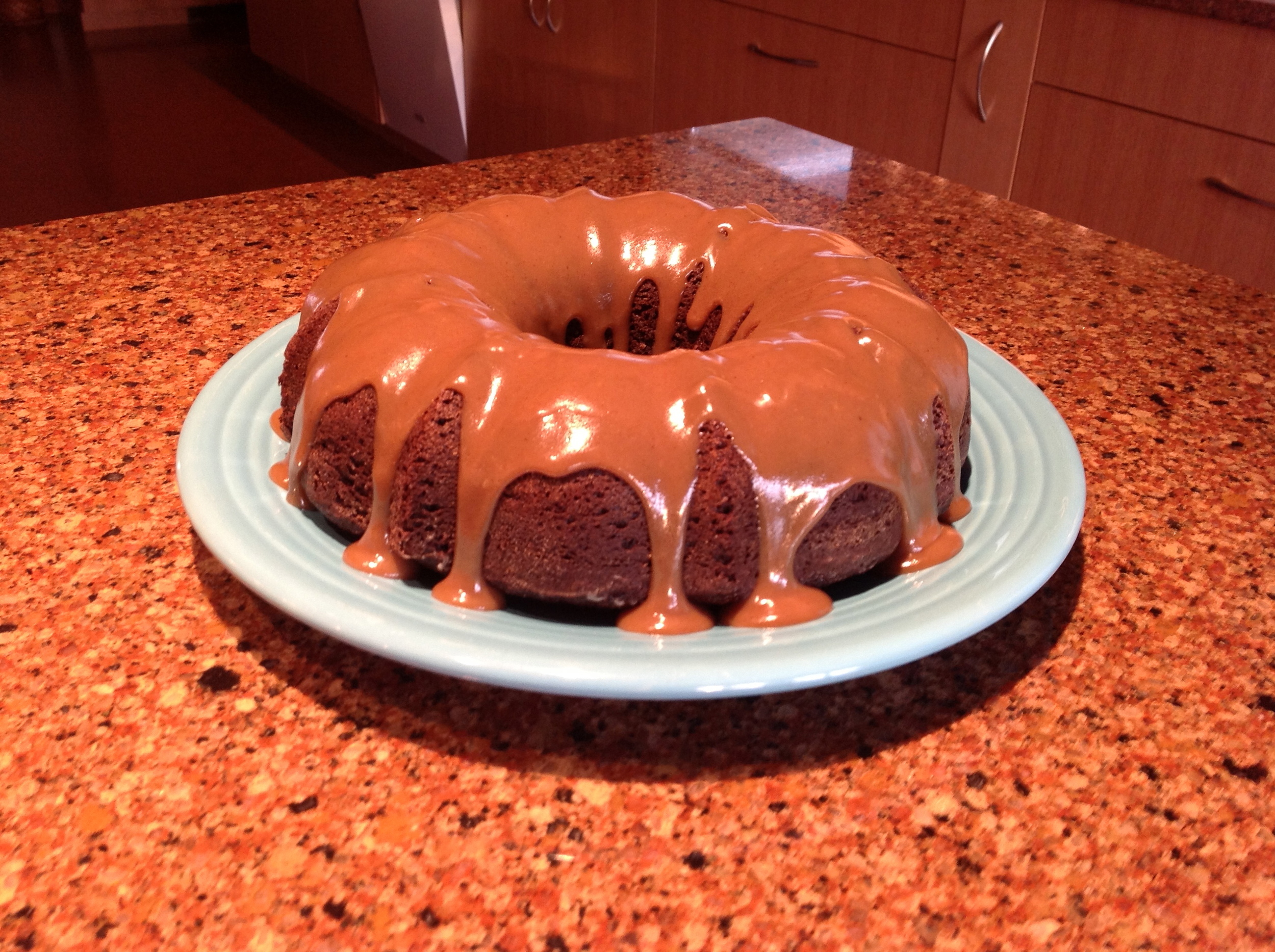Building "Community": How to Do It?
/I posted my previous ramble about "community" and Newtown to Facebook and a good friend who read the post asked the obvious question: How, precisely, are we to build community?
Or, as she put it:
I agree with what you are saying but the pragmatist in me asks "how do we do this?" and "what does it look like?" It seems all Americans would agree that we want a safe (safe from internal and external foes) country that cherishes its children and provides a physically, mentally and spiritually good place for them to thrive. But, it seems the trouble begins when we decide how to get there. Someone will demand gun control, someone else will say we have the right to bear arms and protect our families....you get my drift. I guess it boils down to: "how do we put our differences aside to reach a common goal?"
Excellent questions. And here is one answer, specifically related to the "food" activists that I mentioned in that post. (As in my previous post, I'm grossly simplifying all of this to keep it short.) Their idea was to create structures where people could engage and connect, and over time, those structures and interactions would forge "community." They proposed using food, the one thing all all we humans have in common, as a device for linking people to each other and to "place."
Indeed, the idea of "place" was crucial: They started from the idea (which you may or may not agree with) that the food system had become "corporatized" and "globalized." As a result, most Americans didn't know where their food came from, even at the most obvious and direct level. Most Americans, for example, know zero about farmers and farming.
So activists began building an "alternative" food system, one based on regional and local production whenever possible (the idea was to make communities food self-sufficient, to ensure "food security").
The plan was that consumers and farmers would become more connected. People would feel closer to the land and care more about it and about the impact of agriculture on the environment, and become more aware of how and where food is made. In the process, people would feel a stronger sense of "community."
Again, that's a gross simplification of a complicated project. But the main point is this: activists and reformers didn't want to wait for legislation. After all, we can't "legislate" community or civic-mindedness, right? So their view was to start from the ground, no pun intended, and create at the most local level, a sense of connectedness.
It was and is an ambitious project, but it's borne fruit (again, no pun intended): if you buy food from a farmers' market, you're enjoying the benefits of this larger project. If you've decided to support local farmers, or to avoid milk or meat with hormones or from "factory" farms, you're supporting this project.
And --- I'm guessing that you feel ever so slightly more aware of not just your food, but where it comes from. And perhaps more aware, too, of your "community."
So: these community builders were pragmatic. (*1) They couldn't force community down people's throats. But they believed that the world would be a better place if more people felt more connected to each other, and they set out to build structures that would lead to that goal. Hence: various food-related, community-building projects.
____________
*1: You've never know if from reading some of the papers and essays in which various people worked out this set of ideas. Much of its is freighted in jargon that I want to throw myself out the nearest window. The good news, however, is that the theorists had students who then went out into the real world and started building "community."
